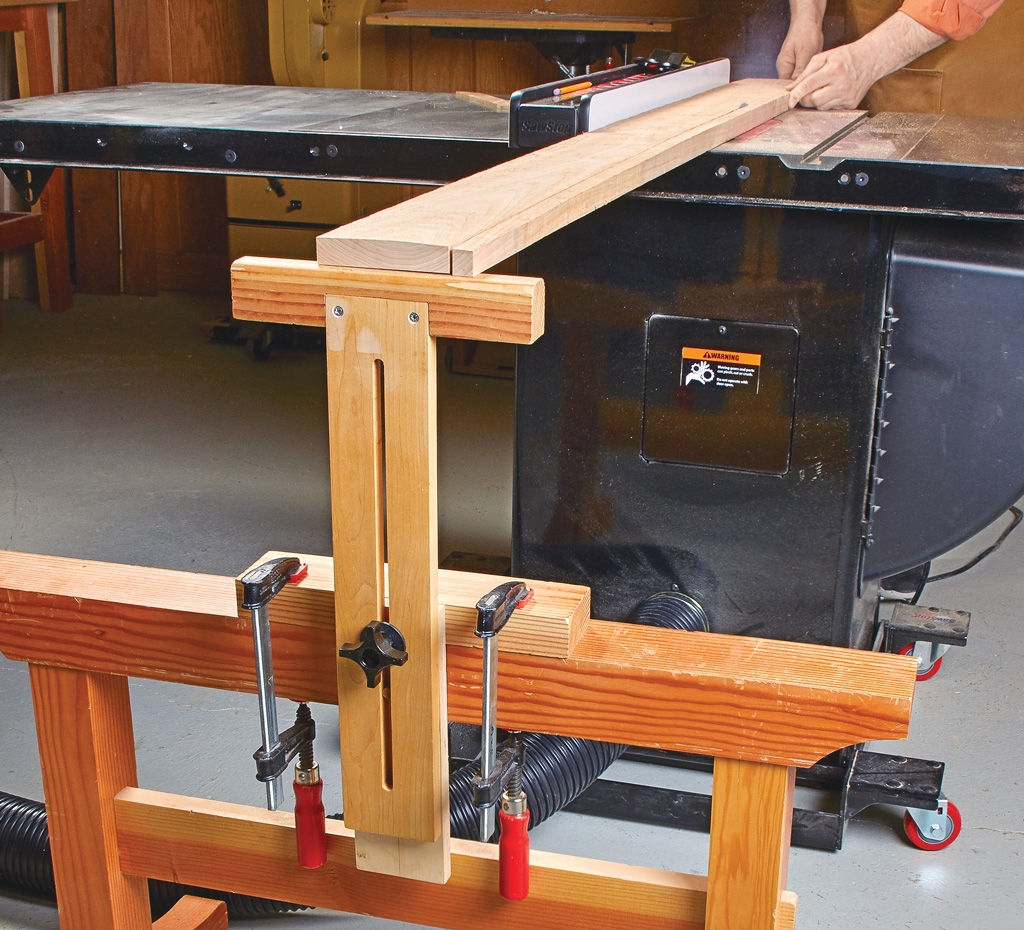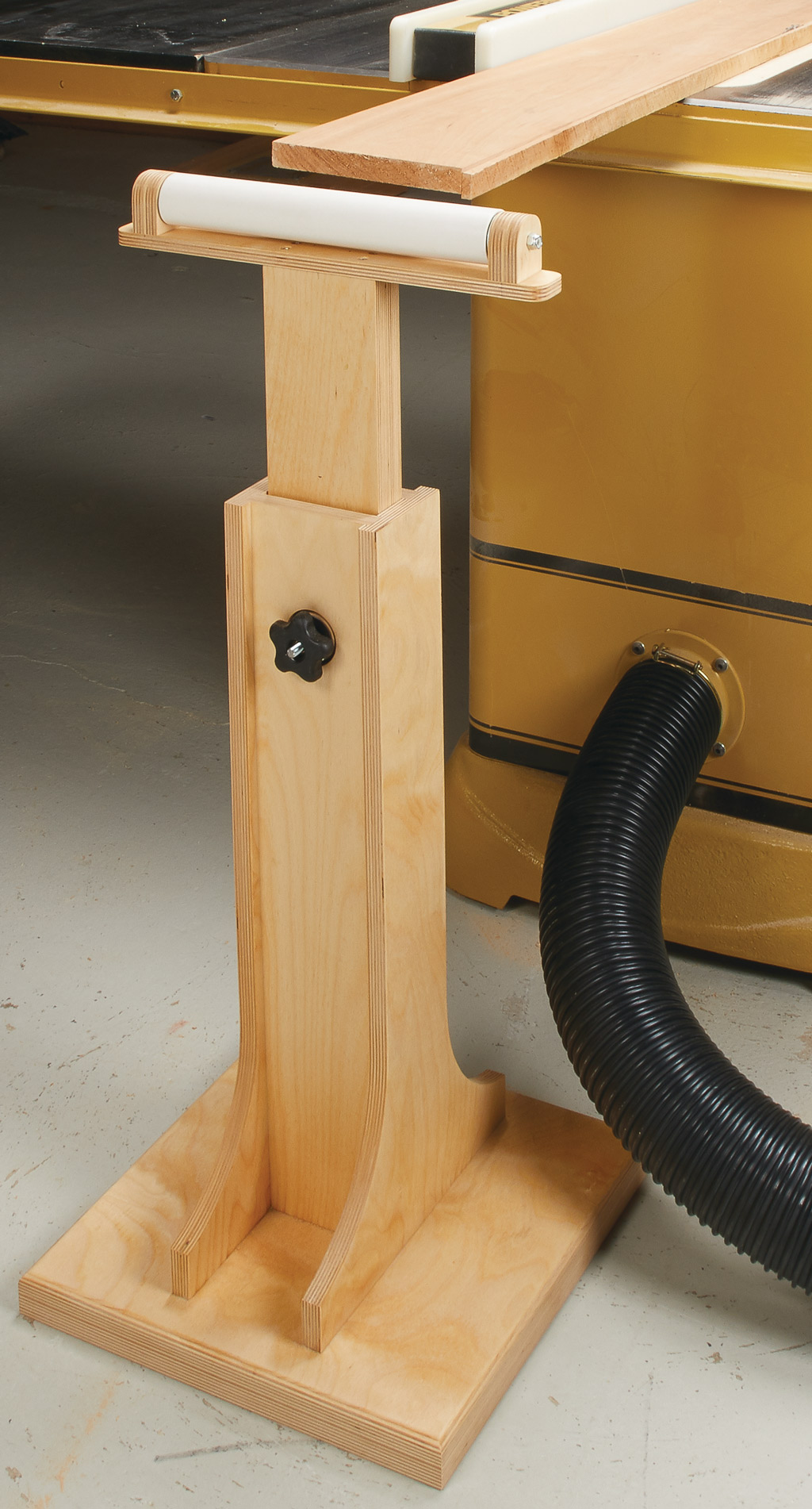A dado blade is undoubtedly the most versatile table saw accessory you can own. I turn to mine time and again for tasks ranging from simple rabbet cuts to complex joinery such as box joints. When set up and used correctly, a dado blade can make these cuts cleanly, smoothly, and with great accuracy. It just takes some basic know-how to ensure you get the best results from your dado blade.

For example, sizing a dado blade to match the thickness of a piece of plywood or even a hardwood part can be a trial and error process. You can achieve different widths with a stack dado set by fitting different combinations of chipper blades between two trimmer blades. Though most dado sets come with a chart that tells which blades to use for various width cuts, the actual cuts can vary. To eliminate any guesswork, I made a simple width gauge like the one shown here. It takes some time to make initially, but gives you an accurate measure for each setup.

Whenever I cut a custom size dado, I add a sample to the gauge and then log the specific combination of chippers and shims I used. To match a thickness, I test the workpiece in the slots until I find a good fit. Then I instantly know exactly which chippers and shims to install.













